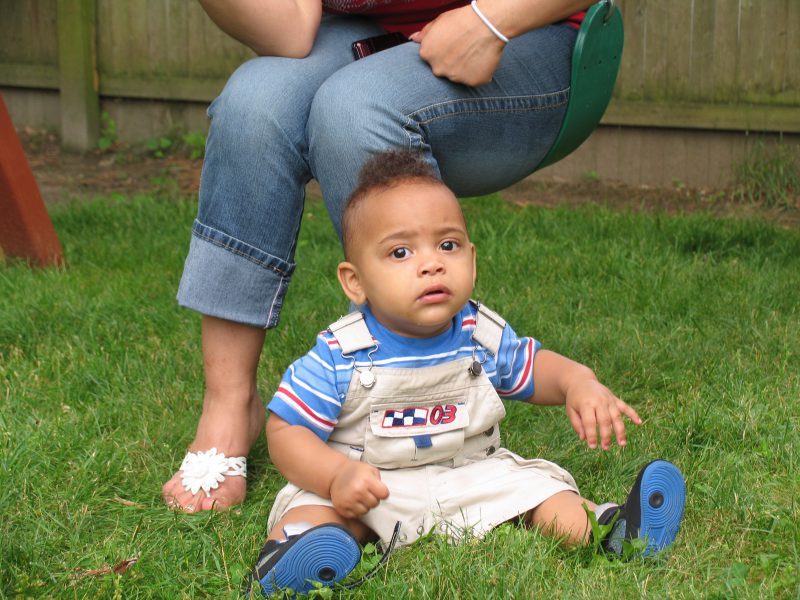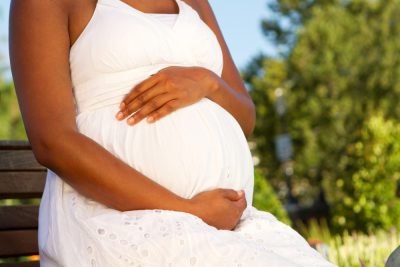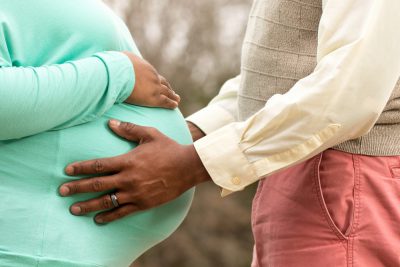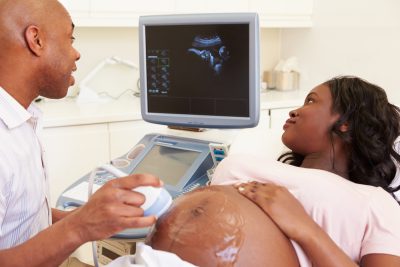





Molfix Contents Advisor:
Dr. Berna Elkabes, Pediatrics Specialist
The first year with your baby is usually full of new experiences, new discoveries and unbridled joy. After the first 6 months of his/her birth, your baby starts to communicate with his/her environment more deliberately. He/she smiles, laughs and tries to talk to you in a language of his/her own. Meanwhile, he/she starts to gain control of his/her movements. When your baby is 7 months old you will be amazed when you see him/her roll over and sit up without your support. Being able to sit unaided helps strengthen your baby’s neck muscles and develop your baby’s balance and coordination. All these phases prepare your baby for the first steps he/she will be taking into a bright future.
Ready to take her first steps!
You may think it was only yesterday that you first cuddled up to you, but in reality he/she was getting ready to take his/her first steps into a life of his/her own. Hold your baby under his/her arms to balance his/her weight and watch him/her hop up and down as he/she screams with joy. Besides this being fun for you and your baby, this will help work large muscle groups such as the leg and arm muscles and as such support the development of gross motor skills and prepare your baby for walking.
Most babies learn to crawl between 6 to 10 months and after the 8th month they can stand alone by holding on to some form of support. You can arrange your house to suit your baby’s needs (by removing the obstacles in his/her way for a comfortable crawl, putting away any breakable objects on the furniture she may use as support, etc.) to ensure she goes through this stage at a well-adjusted and comfortable pace.
You can see a 9-month old baby pull herself up to a standing position by hanging onto sturdy pieces of furniture, such as armchairs and tables. After the 11th month they can stand unsupported, though maybe only for a few seconds, and they may even be able to take their first unaided steps before their first birthdays. On the other hand, some babies go directly from crawling to walking. You can have your camera ready to enable you tape the first moments of your little baby starting to discover his/her environment with glee.
Each baby, including yours, has their own pace of development. Thus their development may easily display a different pattern. Dress your baby in comfortable clothes made of cotton to ease his/her way into crawling and getting ready to walk while ensuring her comfort when in contact with the flooring. Choose comfortable diapers that won’t restrict his/her movements. In this way your baby will be able to grow in confidence without any obstacles on his/her way to discovering the world.
Make sure that your surroundings are baby proof as your baby crawls his/her way into a journey of discovery. Take precautions against the electric sockets he/she may want to poke into, bits and pieces of objects that he/she may want to taste, sharp corners she may run into and similar hazards. Create safe spaces that he/she can discover to his/her heart’s content.
Small but skillful hands
In this phase of of your baby’s life, the fine motor skills of your baby continue to develop. He/she can put objects into cups and remove them using his/her small hands. Your baby gradually improves in terms of dexterity and ability to pick up pieces of food to put in his/her mouth with the thumb and forefinger.
In this period, finger foods are the most enjoyable snacks as your baby starts using his/her thumb and forefinger together to eat solid food. You can encourage your baby to eat food by himself/herself that dissolves easily in the mouth, like bananas. This way, your baby is introduced to new foods as he/she is provided the means to develop fine motor skills.
What do you think her first word will be?
Prepare yourself to hear actual words from your baby instead of the gurgles he/she has been making. In this period you may experience the joy of hearing him/her say her first words consisting of simple syllables such as “ma-ma” and “da-da”. Even if your baby has not yet garnered the art of full speech, he/she is now able to make you aware of what she wants and doesn’t want by gestures and mimics and will be all ears when you talk.
To facilitate your baby’s speech development, make sure you have an ongoing conversation with your baby as much as possible. Tell your baby what you are and will be doing, and describe your surroundings. Read books to your child that are suitable for his/her age, and repeat the names of the objects in the pictures as you point to them.
Your baby can now see the world in full color. There are many activities to ensure that his/her eyes are of optimal health to see the world with. For example, you can move a toy he/she loves to the right and left in front of his/her eyes. You will see your child following the toy with his/her eyes. You can also sit him/her in front of a mirror to look at himself/herself.
However, sometimes your baby may not like the things that he/she sees. For example ‘strangers’! Six-month old babies enjoy seeing familiar faces; but regardless of how outgoing your baby is, he/she might begin to show fear of strangers. This period in a baby’s development is known as ‘separation anxiety’. The 6-month old baby enjoys seeing familiar faces. During this time, your baby might show frustration at being separated from you. Separation anxiety can escalate further between 10 and 12 months. However, interaction at ten months usually involves playing side by side with other children. You will see your baby watching and imitating other children before he/she turns one year old.
Do not forget …
Each baby grows at his/her or her own pace. Remember that your baby is a small individual separate from you. Support him/her in his/her journey to growing up in the way he/she chooses to do so.
Content provided by: ZNN Network www.znnnetwork.com
Label: Baby’s Monthly Progress Chart, child development, crawl, first steps, first words, gurgles, motor skills, separation anxiety, walking



Email: customercare@hayat.ng
Customer care line: +234 809 991 0970
Toll Free line: 0800-CALLHAYAT
